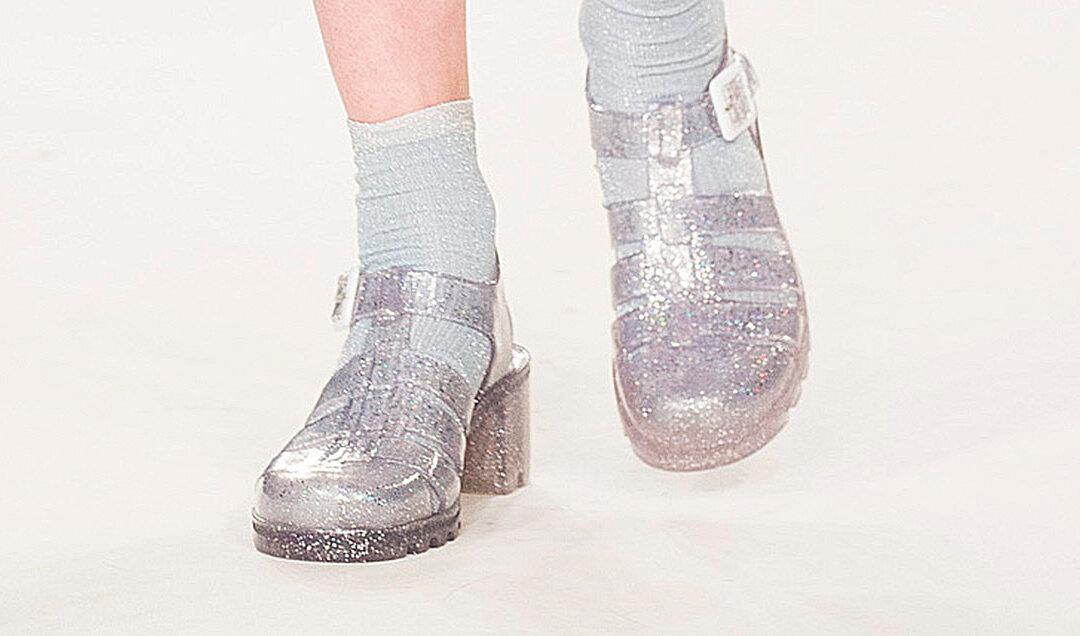A retro footwear fad is being blamed for sending a Texan toddler to the hospital emergency room with blisters, peeling skin, and bleeding that was so severe plastic surgery might be needed.
Houston mother Felicia Marie Hillman shared on social media graphic photos of blisters and burns on her 2-year-old daughter, Rosie, that the toddler allegedly suffered after wearing a pair of jelly sandals from Walmart.





